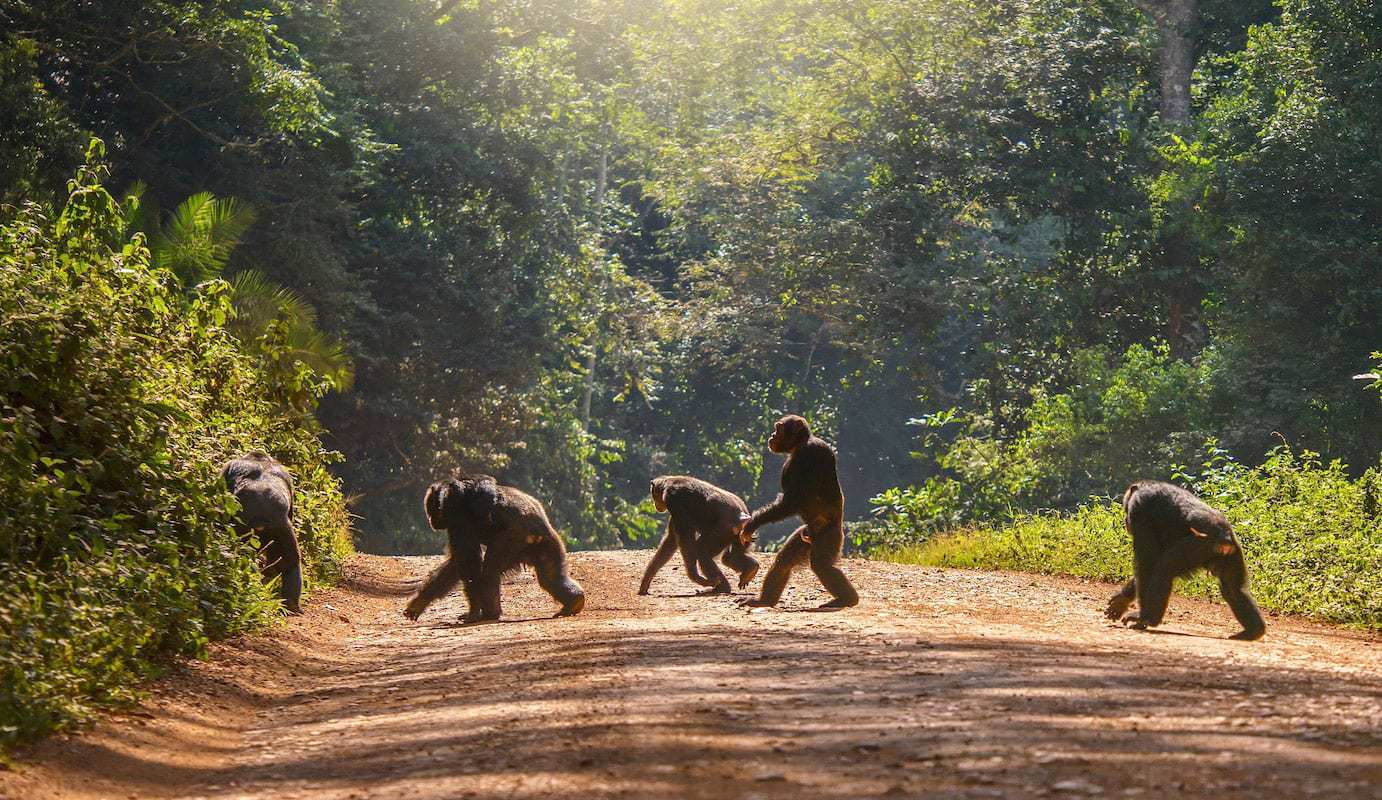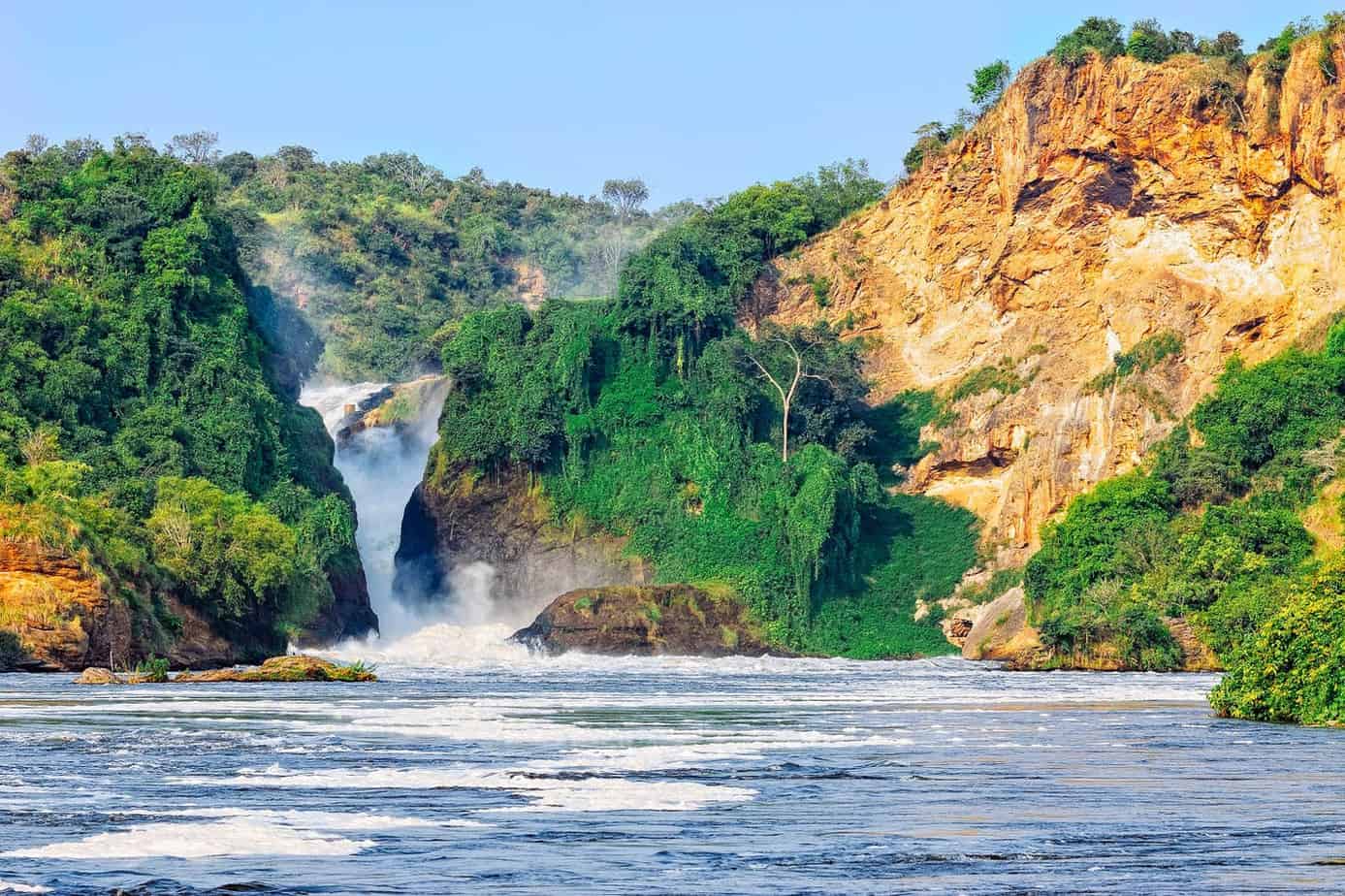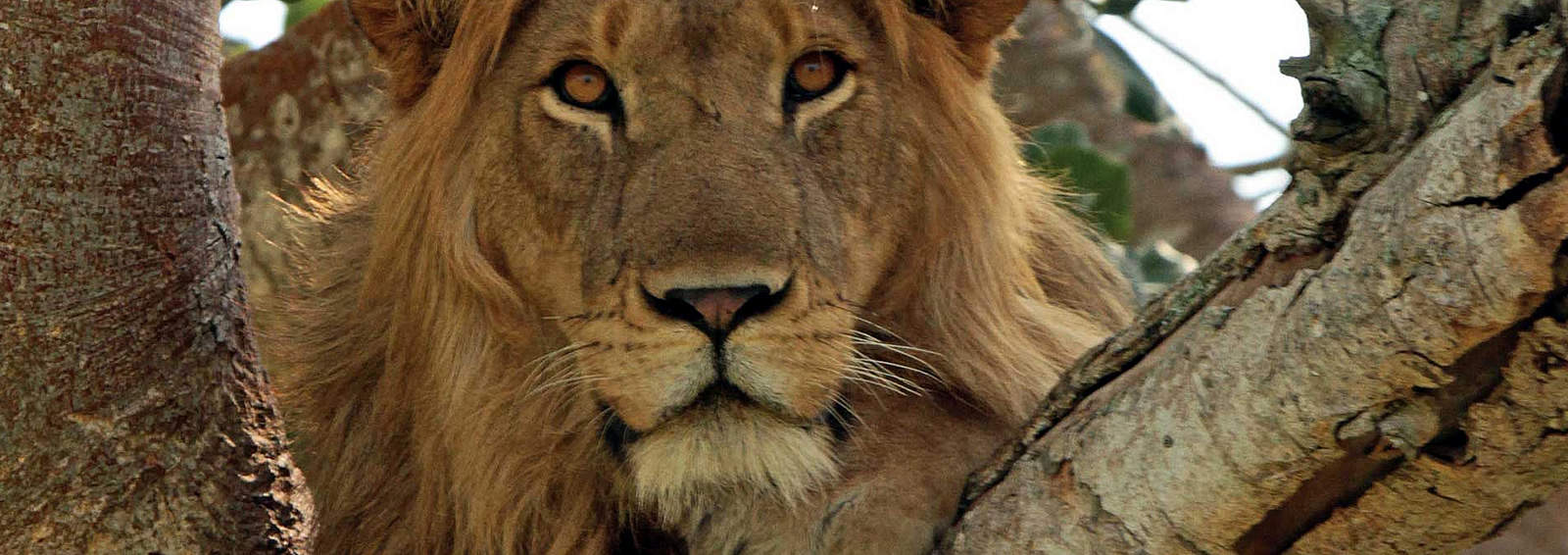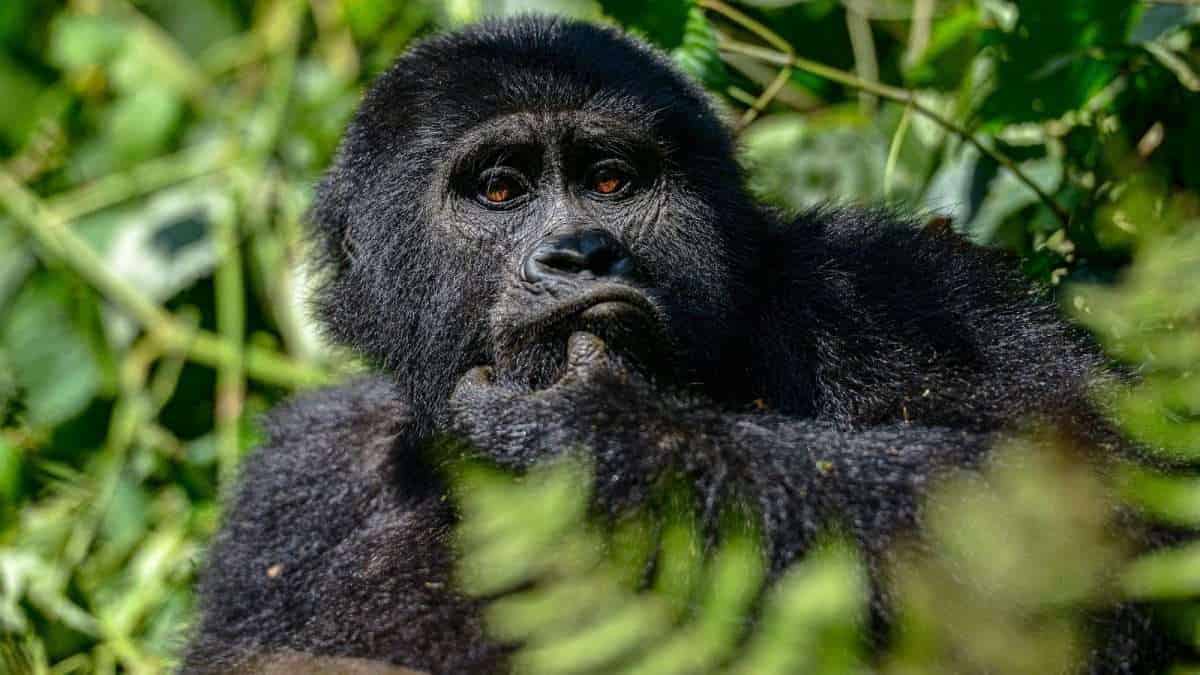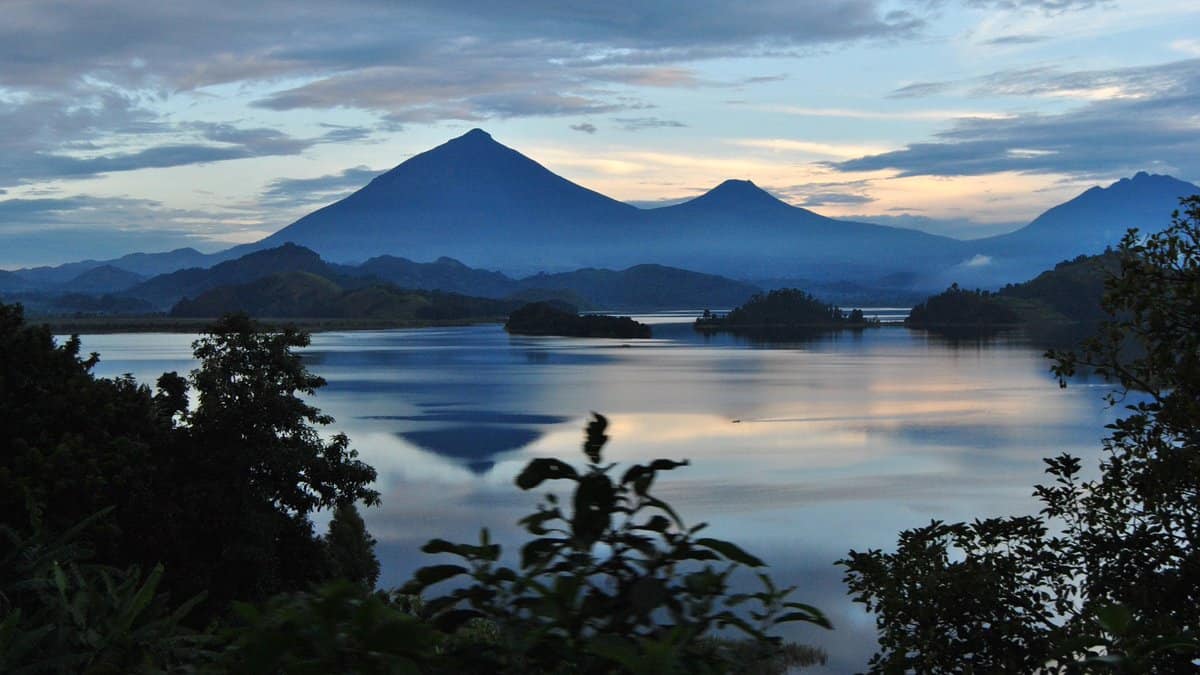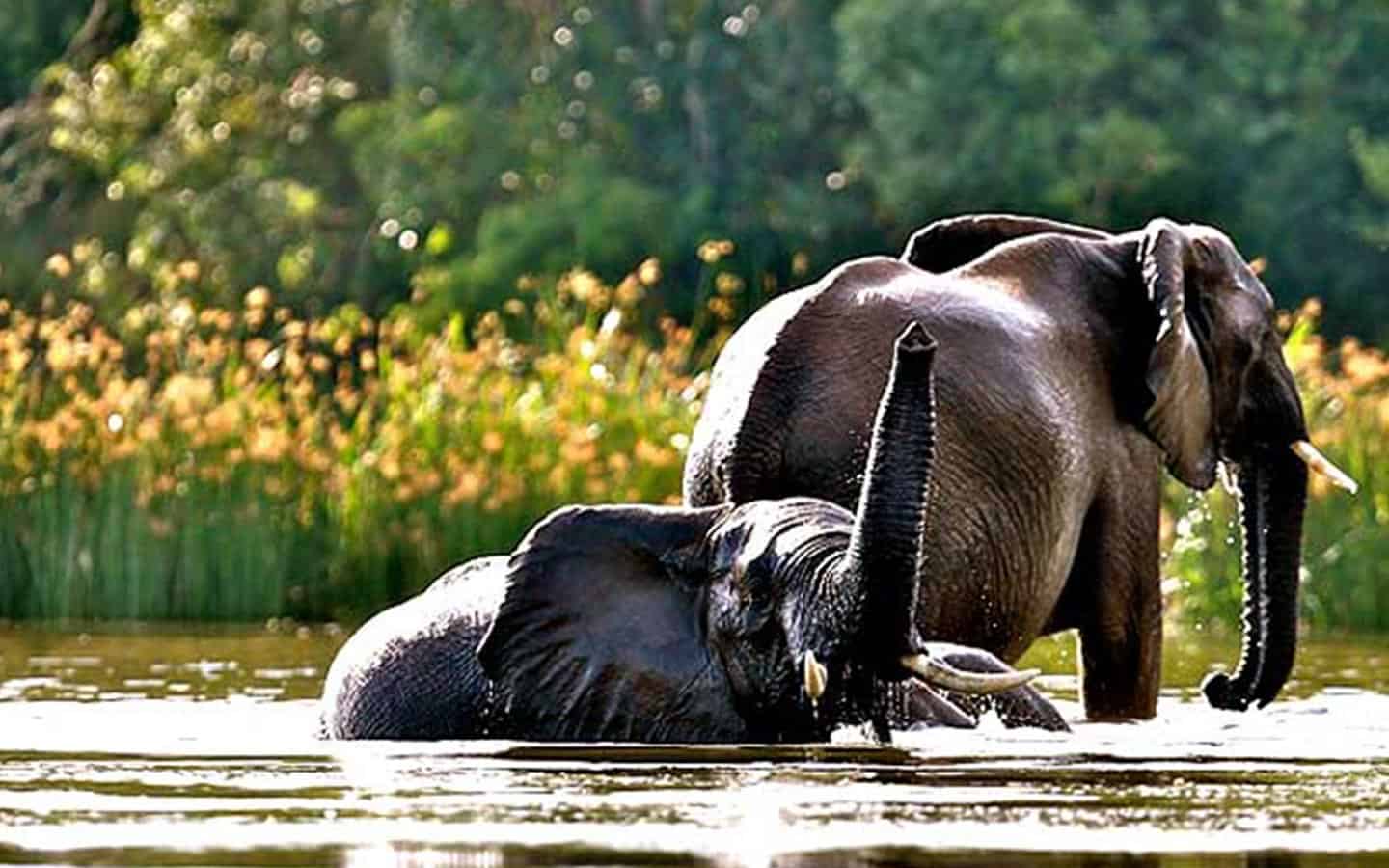Uganda Destinations Kibale National Park
Kibale is a major research center in Africa. While many researchers are interested in the park’s chimps and other primates, others are interested in Kibale’s ecosystems, wild pigs, and fish species, among other things.
Kibale National Park is home to one of Uganda’s most beautiful and diverse stretches of tropical forest. On an elevated plateau, forest cover dominates the northern and central parts of the park, interspersed with patches of grassland and swamp.
Chimpanzee tracking is a popular activity in Kibale.
The park is home to 70 mammal species, the most famous of which are 13 primate species, including the chimp.
It also has over 375 different bird species. Kibale National Park borders Queen Elizabeth National Park to the south, creating a 180-kilometer wildlife corridor between Ishasha, Queen Elizabeth’s remote southern sector, and Sebitoli, Kibale’s northern sector.
One of Uganda’s most rewarding destinations to visit is the Kibale-Fort Portal area. The park is close to the peaceful Ndali-Kasenda crater area, and the Queen Elizabeth, Rwenzori Mountains, and Semuliki National Parks, as well as the Toro-Semliki Wildlife Reserve, are all within a half-day drive.
PARK AT A GLANCE
- Size: 795km2
- Kibale is highest at the park’s northern tip, which stands 1,590m above sea level. The lowest point is 1,100m on the floor of the Albertine Rift Valley to the south.
- 351 tree species have been recorded in the park, some rise to over 55m and are over 200 years old.
- Kibale’s varied altitude supports different types of habitat, ranging from wet tropical forest on the Fort Portal plateau to woodland and savanna on the rift valley floor.

